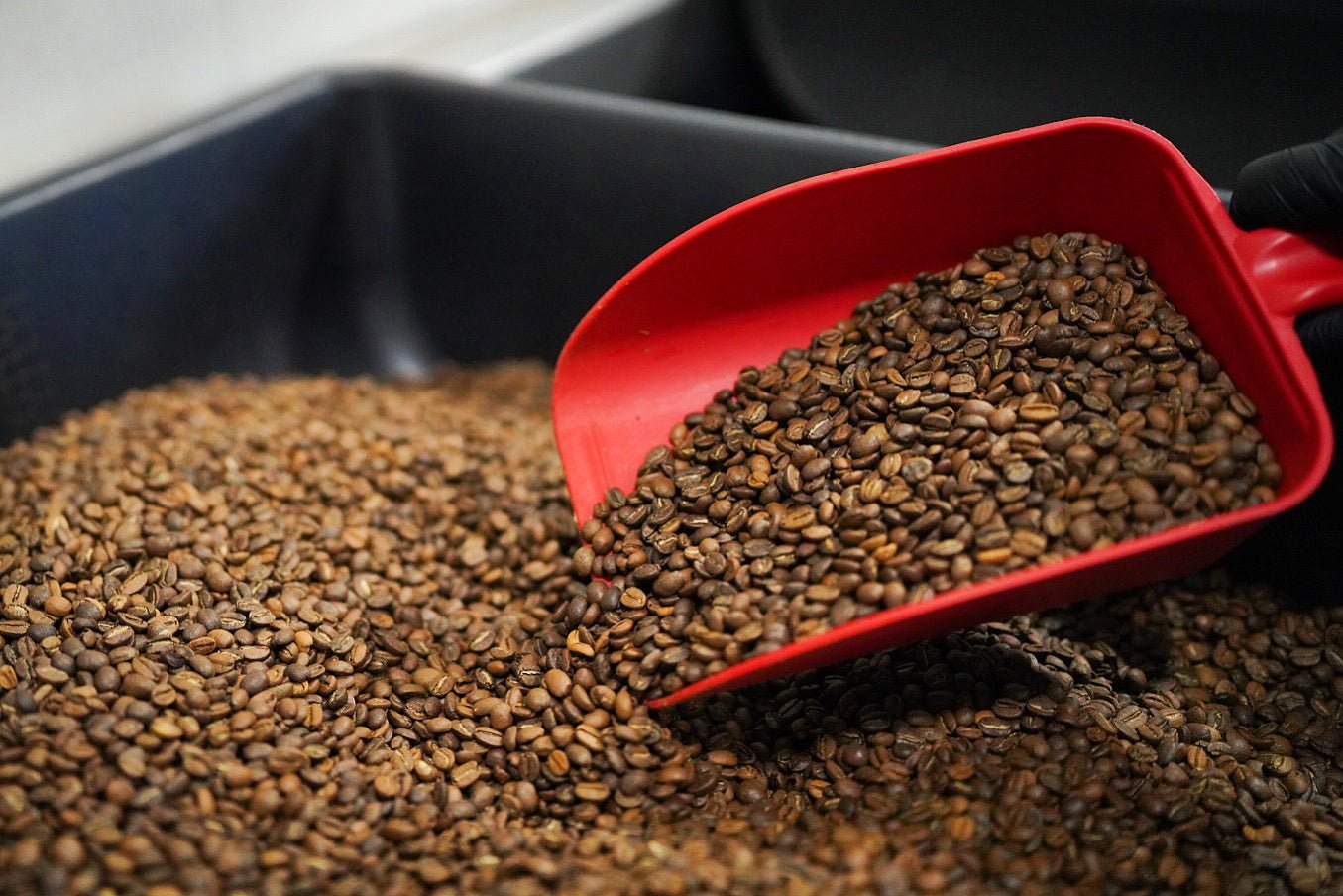The Impact of Altitude on Coffee Flavor and Quality
Altitude is a critical factor in determining the flavor, aroma, and quality of coffee beans. Higher elevations offer unique growing conditions that can significantly impact the characteristics of your coffee. In this article, we'll explore how altitude affects coffee flavor, acidity, and overall quality, and provide examples from various coffee-growing regions around the world.
How Altitude Affects Coffee Flavor
Higher elevations generally have cooler temperatures and more significant temperature fluctuations between day and night. These conditions slow down the growth of coffee cherries, allowing them to develop more complex flavors, increased acidity, and a denser bean structure. As a result, high-altitude coffee tends to have brighter, more nuanced flavors, and a cleaner taste profile than low-altitude coffee.-
Altitude and Acidity Acidity is an essential component of coffee flavor, contributing to its brightness and liveliness. Higher elevations promote increased acidity in coffee beans, resulting in a more vibrant and complex taste. Lower elevations, on the other hand, often produce coffee with lower acidity and a more muted flavor profile.
-
Altitude and Bean Density Coffee beans grown at higher elevations tend to be denser, as the slower growth rate allows the beans to develop a more solid structure. Denser beans are generally associated with higher quality, as they are more flavorful and can withstand higher roasting temperatures without losing their inherent characteristics.
-
Examples of High-Altitude Coffee Regions Some notable high-altitude coffee-growing regions include:
-
Ethiopia: As the birthplace of coffee, Ethiopia is known for producing coffee beans with bright acidity and complex, fruity flavors. Coffee is grown at elevations between 1,500 and 2,200 meters above sea level, with some areas reaching up to 2,700 meters.
-
Colombia: Colombian coffee is renowned for its balanced acidity, medium body, and distinctive fruity and floral notes. Coffee is typically grown at elevations between 1,200 and 1,800 meters above sea level.
-
Kenya: Kenyan coffee is prized for its bright acidity, full body, and bold, fruity flavors. Most Kenyan coffee is grown at elevations between 1,500 and 2,100 meters above sea level.
- Lower Altitude Coffee Regions While high-altitude coffee often receives more attention, lower altitude coffee can still produce enjoyable flavors, though they may be less complex and bright. Some lower altitude coffee-growing regions include:
-
Brazil: As the world's largest coffee producer, Brazil grows coffee at a wide range of altitudes. Lower altitude Brazilian coffee, typically grown below 1,000 meters, often has a lower acidity, medium body, and nutty or chocolaty flavors.
-
Vietnam: As the second-largest coffee producer globally, Vietnam primarily grows Robusta coffee at lower elevations. Vietnamese coffee is known for its bold, robust flavors, lower acidity, and higher caffeine content.
Conclusion: The altitude at which coffee is grown plays a significant role in shaping its flavor, acidity, and overall quality. Higher elevations generally produce brighter, more complex flavors and a denser bean structure, while lower elevations yield coffee with lower acidity and more muted flavors. By understanding the impact of altitude on coffee characteristics, you can better appreciate the diverse range of flavors and qualities that different coffee-growing regions have to offer.


